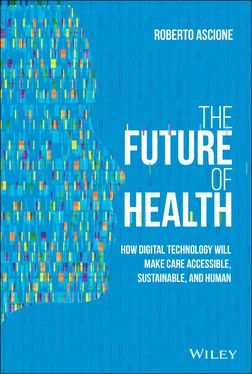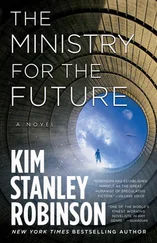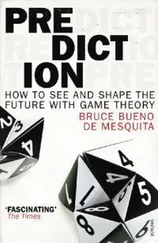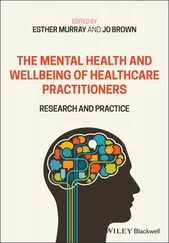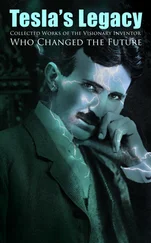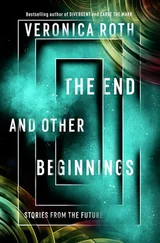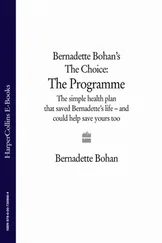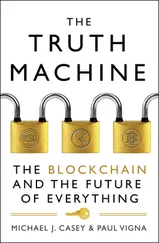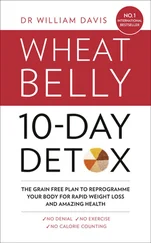Credit: Shanti Ramakrishnan
The healthcare industry has always been notorious for moving at a glacial pace and debates about the efficacy, efficiency, and access to care are unending. However, a global pandemic like Covid-19 provoked a sudden sea change. Various models of health-care delivery like virtual care, connected care, telemedicine, telehealth, and so on, which were languishing for decades with poor adoption rates became the modus operandi—and they have sustaining power.
Our company swiftly transformed and responded to this context switch. Specifically, we reoriented our company's mission of connectivity that cares to become a platform company that offers simplicity in obtaining health care and efficiency in providing it. Through orchestration and partnerships with medical sensors and device manufacturers; clinical specialists at hospitals; clinics; doctor's offices; patients and consumers; user experience (UX) experts; and with organic investments, we recreated and re-launched HealthGo, a platform that connects patients and health-care providers to enable connected care. Designed for simplicity, HealthGo can equally serve primary and routine care for specialized chronic conditions with predictive smart algorithms to prevent costly treatment.
Various forms of signals (scientific, technical, market, etc.) have existed since time immemorial. Capturing and processing many signals, most often in real-time, via sensors, devices, or other input mechanisms is continuous and relentless. With ubiquitous and always-on connections, one can drown in data. In order to make a lasting impact, we learned that simplicity is complex and complicated. The challenge of discerning signals from noise is real, but many technical and business challenges can benefit from past context switches and successful reinvention.
1 1. Apple. “Apple Watch Series 6 delivers breakthrough wellness and fitness capabilities,” press release, September 15, 2020. Available at: https://www.apple.com/newsroom/2020/09/apple-watch-series-6-delivers-breakthrough-wellness-and-fitness-capabilities/.
CHAPTER 2 Data Science and Artificial Intelligence
Using Big Data to Do Mass Screening and Prevention
Verum scire est scire per causas , true knowledge is a knowledge of the causes. This was written by Thomas Aquinas, taking up one of the cornerstones of Aristotelian philosophy. It is in this belief—pin the discovery of the cause of a phenomenon—that the scientific method is oriented. Let it be understood, it still does this, but big data analysis has short-circuited this procedure. The science of big data causes, in the opinion of many, a decisive paradigm shift away from the past, based on a style of scientific reasoning that is totally different from what it once was. It is possible to draw a linear path in the history of science: an almost exclusively empirical approach consisting of the mere observation and description of natural phenomena followed the theoretical approach, which was based on the construction of models and the overall explanation of phenomena through general laws. The last phase, born a few decades ago, is the computational phase, which has as its cornerstone the simulation of complex phenomena through computerized models. Along this line, data-driven science stands as a new phase, a new piece of the jigsaw puzzle, a new milestone where experiment, theory, and data processing are synthesized in statistics. The use of big data to do mass screening and prevention is based on the identification of patterns, regularities, cyclical repetitions, and large-scale correlations that make it possible to process a prediction of what will be most likely to be found in the real world in similar contexts. In the science of health care, this predictive technique is made possible both by the enormous advances in the technology and biomedical fields in recent years (and the acceleration in this direction is astounding) and by access to an enormous amount of data, something that was unthinkable until recently. Suffice it to say that we are now able to synthesize an impressive amount of information from various sources. The amount is in the range of several petabytes (one petabyte corresponds to 1,000,000 gigabytes). The computer that allowed the Apollo 11 lunar module to land had a memory in the range of 104 bytes, so just this one comparison should be enough to understand the extent of the acceleration that has taken place in the field of data processing. However, there are some obvious critical issues in this methodology as it is applied to health. The first obstacle is the objective difficulty in governing this huge mass of data, especially when it is used and applied differently from the initial purpose of their collection. Then there is, of course, an obstacle related to privacy—specifically, that people are often unaware of how their data is used. These are ethical and transparency dilemmas that cannot be overlooked, and solutions are required. Artificial intelligence (AI) has entered our lives, especially in health care, with applications and software able to autonomously set up treatment and care plans for patients. AI provides “reasoned” information to health-care professionals to best assist their work, allowing them to prescribe the best possible care.
Several companies around the world have built tools for use in AI-based health care. Deepmind Health, a company incorporated by Google Health, is one of them, and it has developed an AI program that can understand and process thousands of data and medical information in only a few minutes, to then translate it into services.
AI and its applications are experiencing a time of rapid advancement, particularly in the area of machine learning (ML). The most used machine learning, known as supervised ML, is software capable of learning to classify a set of data from the analysis of many similar cases, previously categorized by humans. The source of fuel for this process is big data, the extensive digital data sets made available, for example, by diagnostic equipment or the digitization of medical records. The machine learning approach can be applied in multiple fields, from image detection to understanding genetic data, from diagnosis through digital phenotype to drug development. Based on these factors, it is reasonable to imagine an increasing collaboration between people and artificial intelligence, where the clinical reality will become more and more data-centric, so that every detection, decision, and therapeutic intervention will be codified and recorded. It will be crucial that educational curricula of all medical professions include familiarization with these technologies, which will become increasingly important as day-to-day tools and working partners.
In addition, the use of artificial intelligence is also entering into the health-care sector. For example, in Japan, a new AI-assisted endoscopic system that would be able to identify colon and rectal adenomas during colonoscopy has recently been tested in a clinical setting. To achieve this, the diagnostic method uses an endocytoscopic image of a polyp enlarged 500 times and analyzes about 300 qualities of the polyps examined. Comparing the characteristics of each polyp with those of more than 30,000 reference images has allowed this smart probe to diagnose the presence of a dangerous lesion in less than a second with staggering precision.
AI and ML have transformed the travel industry, which went from brick-and-mortar travel agencies to search engines and aggregators that can suggest the best values and prices. They've also disrupted the music business, which has moved from albums in the record store to songs in apps and digital platforms. Transforming the world of health care is something else entirely because it is a theme that touches our very humanity. Today we are the integrators of the health-care system because we go to a medical center and we generate a medical record. And once that data is collected, if we would like to reuse it, we have to request it and physically withdraw it. Thanks to new technologies, integration with the health-care system will become data driven. Instead of labs, hospitals, and doctors' offices collecting and storing data, it will be the patient who directly collects a huge amount of data and information and has it available for personal use and for analysis and mass screening. Patients will always have immediate access to their own medical records, as well as those of the health-care professional or to the health-care facilities they frequent. These records will constantly be updated to reflect a person's most current vital signs. Perhaps medical data will be made available to the scientific community for large-scale processing of predictive patterns of this or that pathology.
Читать дальше
